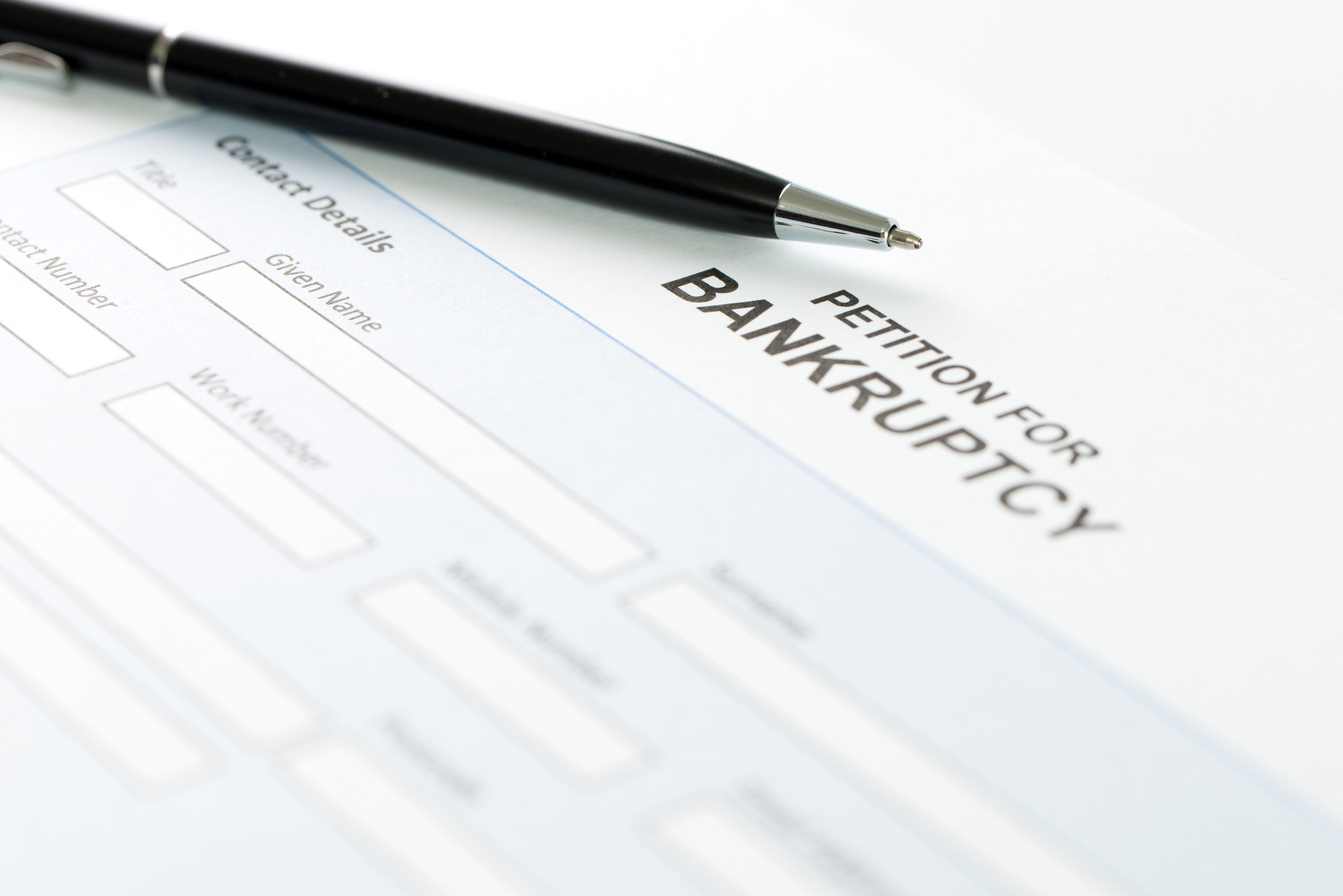Greed has an image problem—it usually hides behind buzzwords like “ambition,” “growth,” or “maximizing shareholder value.” But when corporations crumble into bankruptcy court, greed often stands at the crime scene holding the smoking gun. It fuels risky decisions, blinds executives to warning signs, and drives companies into traps they could have avoided.
What makes greed so dangerous is its ability to masquerade as success until the bottom falls out. And when it does, the wreckage spreads far beyond the boardroom.
The Seduction of Bigger, Faster, More
Greed is rarely obvious in its early stages; it shows up disguised as drive or innovation. Executives convince themselves they’re just “thinking big” while chasing market share at any cost. Companies overextend through aggressive acquisitions, often buying businesses they can’t integrate or afford.
In the rush to grow faster, due diligence and financial caution take a backseat. By the time the bills come due, the empire they’ve built is already collapsing under its own weight.
Debt: The Silent Enabler
When greed gets hungry, debt becomes its favorite meal. Corporations borrow heavily, assuming tomorrow’s profits will pay today’s loans. Greed thrives on this optimism, pushing leaders to leverage their companies into fragile positions. Once cash flow falters, lenders come knocking, and the house of cards shakes violently. Bankruptcy courts end up as the final stage for businesses that gambled too hard with borrowed chips.
Executive Egos Run Wild
The greed that drives corporate bankruptcies is often tied to inflated executive egos. Leaders start believing their own press, assuming every gamble they make is genius. They ignore dissenting voices and surround themselves with “yes men” who echo their ambitions. The result is decision-making that serves vanity more than viability. Bankruptcy becomes the harsh reminder that the market punishes hubris, no matter how well-dressed it looks in a boardroom.
Short-Term Gains, Long-Term Pains
Greed thrives on the obsession with quarterly earnings and stock prices. Companies slash corners to boost immediate results, often sacrificing future stability. Research budgets shrink, employee morale drops, and product quality erodes. What looks like success on a financial statement is often a ticking time bomb beneath the surface. Bankruptcy emerges when years of short-term thinking finally explode into long-term disaster.
The Illusion of Invincibility
Greed convinces companies that failure is something that happens to others. Executives assume their brand is too strong, their customer base too loyal, or their technology too advanced to fail. This false sense of invincibility fuels reckless expansion into markets they don’t understand. They ignore competition, underestimate changing trends, and overestimate their ability to adapt. Bankruptcy arrives like a rude awakening that no company, no matter how powerful, is immune.
The Domino Effect on Employees and Communities
Corporate greed doesn’t just wreck balance sheets—it wrecks lives. When companies implode, employees lose jobs, pensions evaporate, and local economies take a hit. Communities that relied on these corporations suddenly face economic uncertainty. Greed-driven bankruptcies ripple outward, leaving lasting scars far beyond Wall Street. The collateral damage makes it clear that greed is never just an internal problem—it’s a public one.
Case Studies That Scream Greed
History is filled with corporate collapses fueled by unchecked greed. Think of energy giants cooking the books, retailers expanding way beyond demand, or tech firms spending wildly without real revenue. Each story follows the same tragic script: ambition morphs into arrogance, arrogance blinds leaders, and leaders gamble the company away. Investors, employees, and customers are left holding the empty bag. These cautionary tales remind us that bankruptcy rarely comes from bad luck alone.
Regulators and Watchdogs Playing Catch-Up
Greed often runs faster than the rules meant to control it. Regulators step in after the damage is already done, tightening laws and punishing offenders. But by then, the bankruptcies have already gutted livelihoods and shaken industries. Watchdogs struggle because greed doesn’t break rules directly—it bends them until they snap. Bankruptcy becomes the wake-up call regulators needed months or years too late.
Why Greed Still Wins… Until It Doesn’t
Despite its destructive record, greed continues to fuel corporate decisions because it can work in the short term. Companies that gamble aggressively sometimes enjoy spectacular bursts of success. Shareholders cheer, executives collect bonuses, and the cycle reinforces itself. But greed always asks for more, pushing companies beyond sustainable limits. Bankruptcy is simply the endgame of a game that was unwinnable from the start.
Greed’s Price Tag
Greed may spark innovation, but left unchecked, it’s the quiet killer behind countless corporate bankruptcies. Its fingerprints show up in debt, reckless expansion, and decisions that prize ego over sustainability. Bankruptcy courts are full of businesses that ignored the warning signs until it was too late. The untold role of greed is that it doesn’t just destroy corporations—it reshapes industries and damages lives.
What do you think: is greed an unavoidable part of capitalism, or can businesses learn to tame it? Share your thoughts in the comments below.
You May Also Like…
- The Quiet Role of Greed in Financial Market Manipulation
- 10 Greedy Behaviors That Sparked Financial Fraud Cases
- How Greed Shapes Political Donations Behind the Scenes
- 10 Terms in Robo-Advisor Agreements That Favor Big Business, Not You
- 10 Legal Loopholes That Corporations Use to Block Customer Lawsuits


